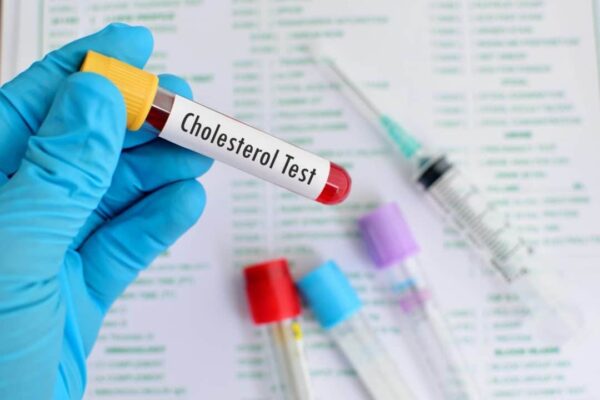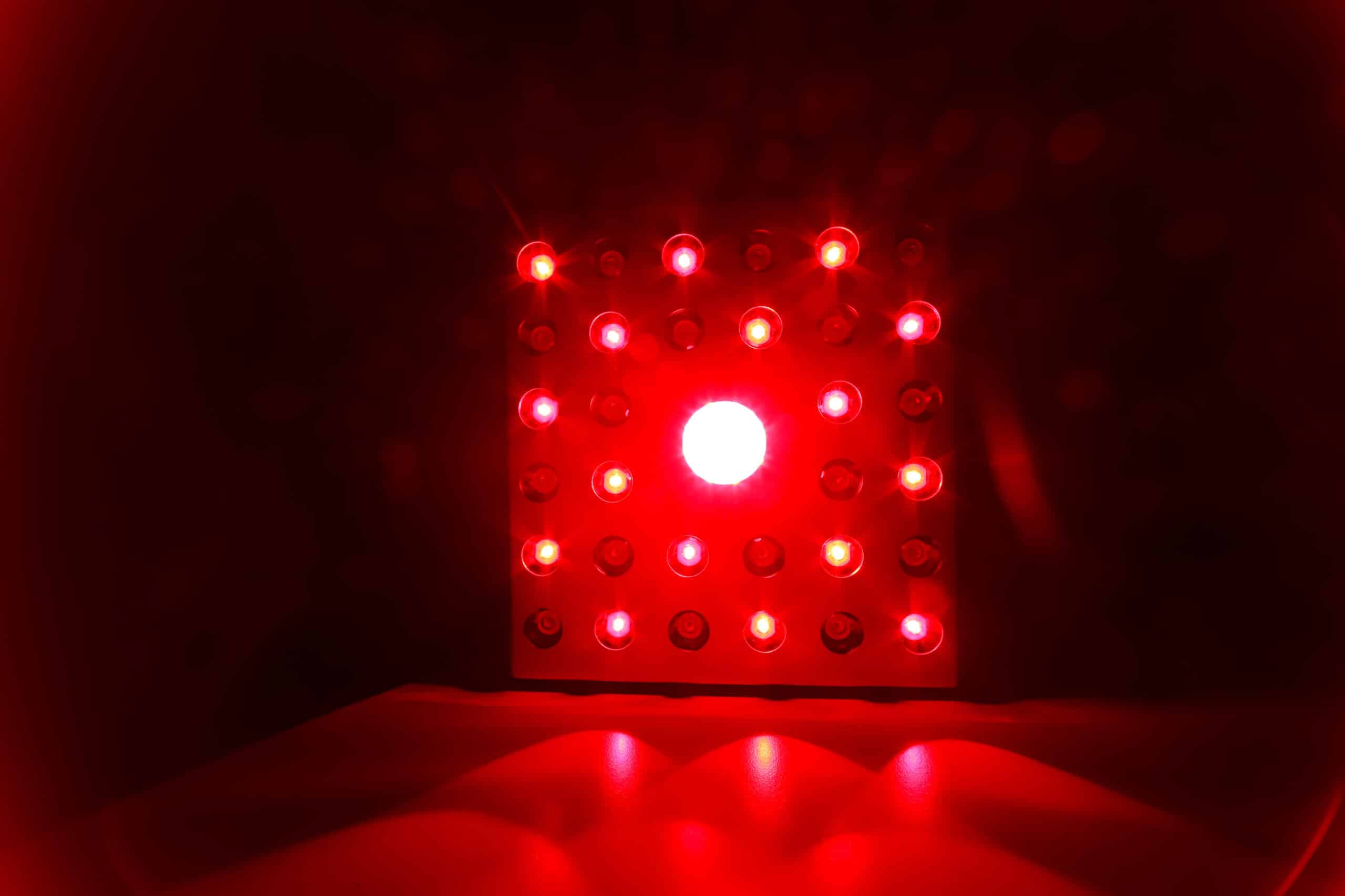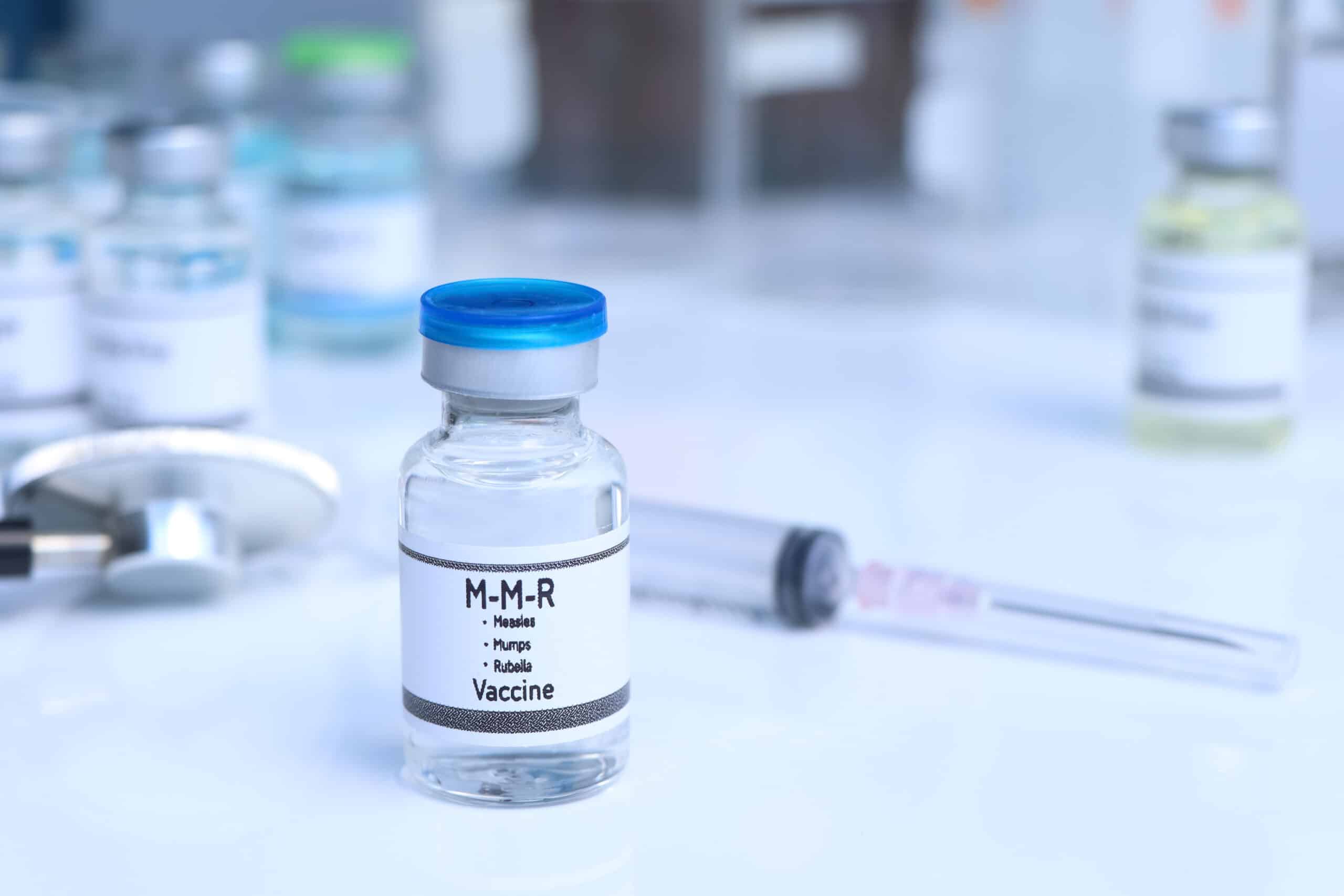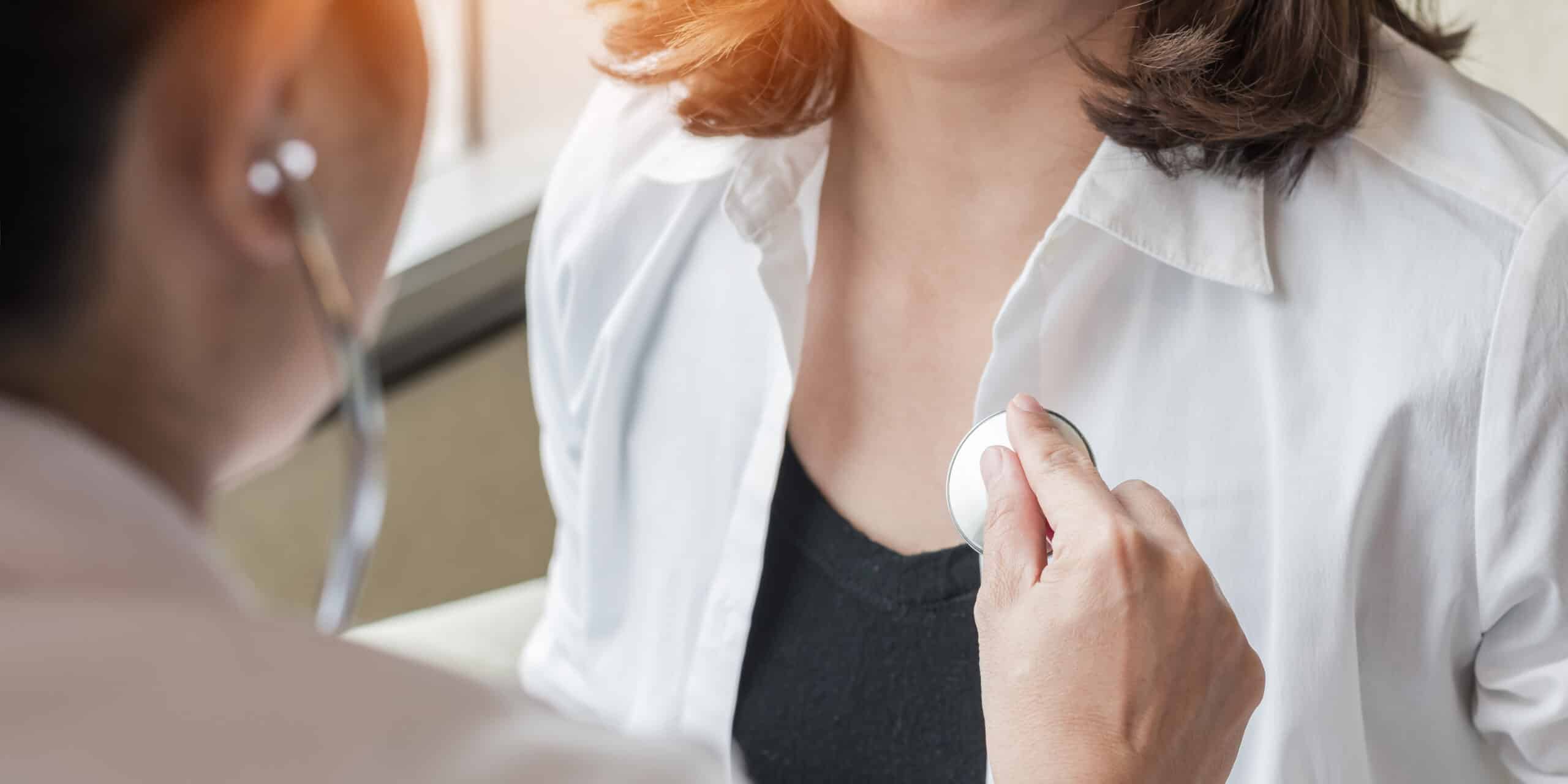Whether you’ve been told by your doctor that you have high cholesterol, or if you just want to learn more about how your cholesterol levels impact your overall health, you’ve come to the right place.
Understanding cholesterol and how it affects your organs and longevity is an essential step toward healthy living.
What is cholesterol?
Cholesterol gets a bad reputation, but it’s actually not “bad.” It’s a waxy substance that your body needs to continuously build cells.
Your liver naturally produces all the cholesterol your body needs to function. Unfortunately, we also get cholesterol from food – specifically, from animal products like meat, milk, and cheese. Food that is high in cholesterol is also high in saturated and trans fats. These fats trigger your liver to make even more cholesterol, which can cause high cholesterol levels.
What are the different types of cholesterol?
There are two types of cholesterol: LDL (low-density lipoprotein) and HDL (high-density lipoprotein). LDL cholesterol is considered to be “bad” cholesterol, and HDL is “good” cholesterol, even though we all need both to be healthy. When you have too much LDL cholesterol or too little HDL cholesterol in your blood, you could be at an elevated risk for heart disease, heart attacks, and strokes.
LDL builds up in your arteries. Over time, the build-up can restrict the flow of blood, causing damage to the heart, brain, and other organs. HDL, on the other hand, breaks down and eliminates LDL. You can think of LDL as the messy roommate who drops things all over the house and HDL as the dutiful roommate who cleans up after them both. HDL negates the damage caused by LDL. This is why it’s so important to not only decrease your LDL levels, but also to intentionally boost your HDL levels.
What are normal cholesterol levels?
To measure cholesterol levels, doctors look at both LDL and HDL levels. Total cholesterol should be below 200 milligrams per deciliter. A total reading of 200-239 is considered borderline, and a reading of 240 and above is considered high.
To break it down further, LDL (bad cholesterol) levels should be at 100 or below, and HDL (good cholesterol) levels should be at 60 or above. LDL levels begin to get dangerous around 130 and are considered high at 160 and above. HDL levels are considered very dangerous below 40, as this put the patient at a much higher risk for heart disease.
Why is high cholesterol dangerous?
High cholesterol levels put you at an elevated risk for coronary heart disease, heart attack, and stroke. Smokers and people with high blood pressure, in addition to high cholesterol levels, are at an even greater risk for developing these diseases.
Cholesterol forms a thick substance inside the arteries. Over time, high cholesterol levels can cause the arteries to harden and become inflexible, making it difficult for blood to pass through as needed. This condition is known as atherosclerosis. If atherosclerosis progresses far enough, a clot can form in the artery, causing a heart attack or stroke.
Which foods can help lower high cholesterol?
In a study published by Harvard Medical School, researchers identified the following foods as capable of actively reducing high cholesterol levels.
- Oats
- Barley and whole grains
- Beans
- Eggplant and okra
- Nuts
- Vegetable oil (canola and sunflower)
- Fruits, specifically apples, grapes, strawberries, and citrus
- Soy and soy-based foods
- Fatty fish, like salmon, tuna, and sardines
- Foods rich in fiber
It’s a good idea to incorporate these foods into a healthy diet.
What other lifestyle interventions help lower cholesterol?
These habits will help reduce your risk of heart disease, strokes, and heart attacks. First, be sure to exercise on a regular basis. You don’t have to hit the gym for 2-hour sessions; just get moving whenever possible, and be consistent with your physical fitness. You can take up an active hobby like swimming, cycling, or playing in a pick-up basketball league, or you can meet up with friends to walk around the park. Just get moving.
Second, work to improve your diet and remove cholesterol-heavy foods. Start out by cutting out foods with high levels of trans and saturated fats like baked goods and processed foods. You can also cut back on animal-based proteins like meat, milk, and cheese. Second, boost your intake of healthy HDL cholesterol with a few servings of fatty fish each week. You can also improve your diet by eating more leafy green and cruciferous vegetables, as well as healthy fats like avocados and coconut oil.
Finally, it’s a good idea to quit smoking, since smoking can increase your risk of getting high blood pressure, which will compound the dangers of high cholesterol.
What medications are available to treat high cholesterol?
The best way to maintain healthy cholesterol levels and decrease high cholesterol levels is through diet and exercise. Talk to your doctor about developing a plan to keep your HDL and LDL levels in check.
If your cholesterol levels reach dangerous levels, and you’re at a heightened risk for heart disease, your doctor will likely prescribe statin therapy. Statins are the most prescribed medications in the U.S. for lowering cholesterol. The most commonly prescribed statins in the U.S. are Lipitor, Lescol, Mevacor, Altoprev, Pravachol, Crestor, and Zocor. Though statin drugs are sometimes necessary and life-saving, they aren’t without their risks. Some side effects to watch out for include fatigue and statin-induced myopathy (a muscle tissue disease).
Others cholesterol-reducing medications include selective cholesterol absorption inhibitors, resins, fibrates, and niacin.
If you are concerned about your cholesterol levels, contact Peninsula Doctor. We specialize in diagnostic and preventative care to keep you at your healthiest.



